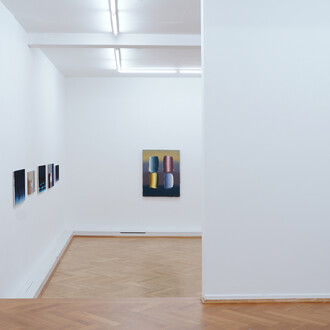At the height of their meteoric careers, Frederic Lord Leighton, Hans Makart, Jan Matejko, Mihály von Munkácsy, Franz von Lenbach, Friedrich August von Kaulbach and Franz von Stuck were celebrated as princely painters (Malerfürsten, literally painter-princes) and enjoyed all the privileges of Europe’s high society. They were wealthy, respected and moved in the same elite circles as the rich and famous. Their homes and studios were notable for their splendour, and people thronged to have their portraits painted and to see their sensational pictures. Very few artists attained the lofty status of a princely painters and the public honours this exalted position entailed.
This exhibition is the first to shed light on the phenomenon of the princely painters which transcended national borders, reaching its apogee in the 1870s and 80s before fading away with the outbreak of the First World War.
The exhibition focuses on the painters’ carefully crafted, highly stylised public personas and the cult-like veneration they inspired. More adroitly than their colleagues, the princely painters used their networks, the new reproductive media, exhibitions, studio visits and the press to advance their social status and to market their works to collectors worldwide.
The special appeal of this exhibition lies in the juxtapositions of the seven painters and their work and in the intriguing glimpses of their charmed lives. By shining a light on the phenomenon of the princely painter – a hitherto ignored facet of the history of modern art – the exhibition opens new insights and research perspectives.
















